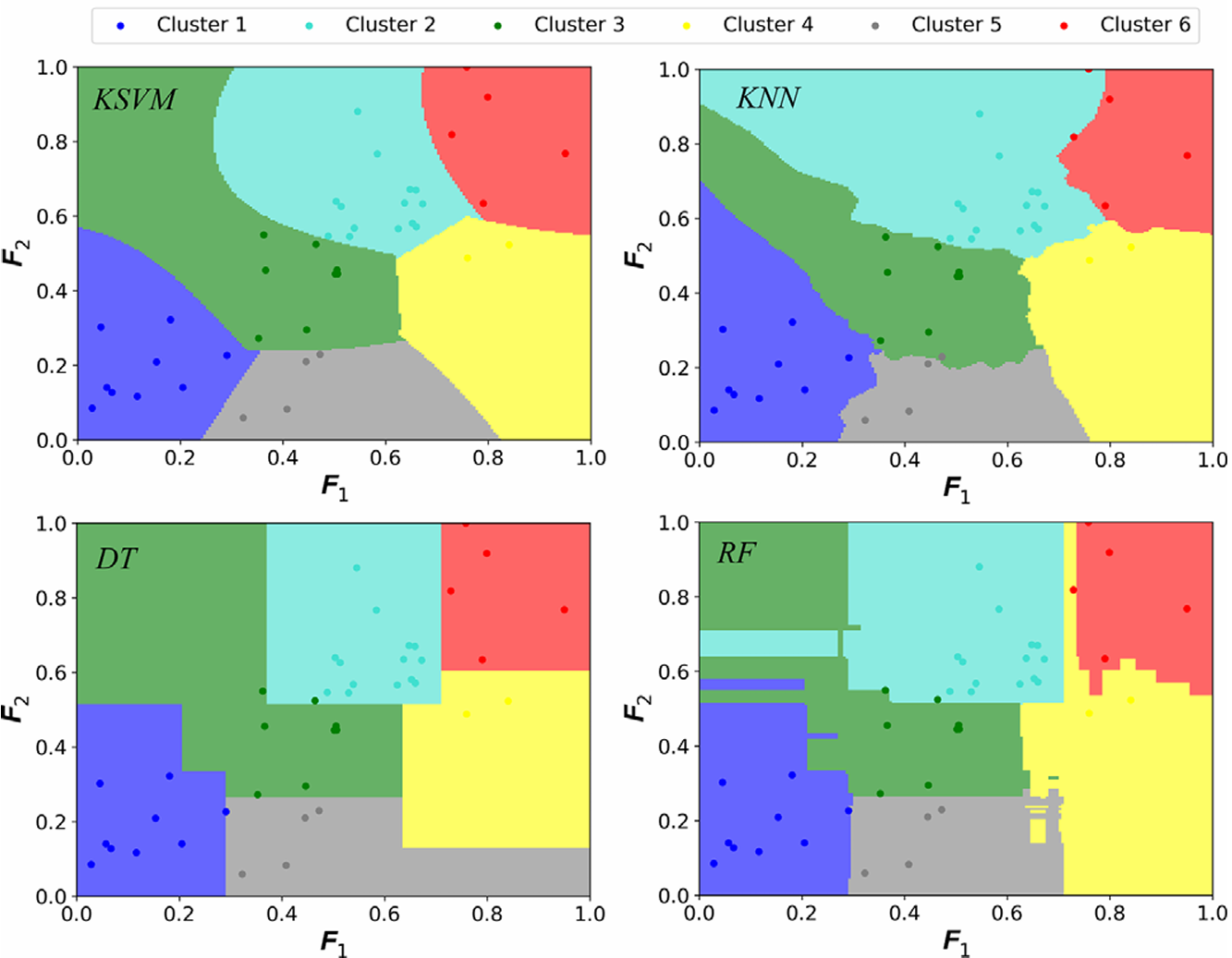Deep learning for geomechanics
 Nanoindentation provides a promising approach for characterizing geomechanical properties of unconventional reservoirs when large samples, such as core plugs, are unavailable. However, common models for its interpretation are limited to simple (ideal) patterns that are absent in subsurface samples, as shown by more than 10,000 tests conducted in our group. This research focuses on the interpretation of complex fractures.
Nanoindentation provides a promising approach for characterizing geomechanical properties of unconventional reservoirs when large samples, such as core plugs, are unavailable. However, common models for its interpretation are limited to simple (ideal) patterns that are absent in subsurface samples, as shown by more than 10,000 tests conducted in our group. This research focuses on the interpretation of complex fractures.
Machine learning for capillary pressure
 In the subsurface, the natural porous medium has a complex topology, making two-phase displacement simulations challenging; as a result, researchers have proposed various models to simulate this by interpreting key features of capillary pressure measurements. However, only a few models map pore-scale processes (~10 nm–1 μm) to centimeter-scale behavior, and most require parameter tuning. More importantly, these models depend on researchers’ interpretation of the measurements. This research aims to interpret capillary pressure using machine learning.
In the subsurface, the natural porous medium has a complex topology, making two-phase displacement simulations challenging; as a result, researchers have proposed various models to simulate this by interpreting key features of capillary pressure measurements. However, only a few models map pore-scale processes (~10 nm–1 μm) to centimeter-scale behavior, and most require parameter tuning. More importantly, these models depend on researchers’ interpretation of the measurements. This research aims to interpret capillary pressure using machine learning.
Interpretation of subsurface signals

 Subsurface sources (fossil and geothermal) are indispensable for human beings, and the subsurface can also serve as a storage region. But we do not usually have direct access to the subsurface so as to accurately characterize it. Our goal in this research is to quantitatively predict how fluids, petrophysical properties, geologic features, and stress are distributed within the subsurface by analyzing signals. Our earlier investigation focused on predicting permeability enhancement based on acoustic emission (AE) events.
Subsurface sources (fossil and geothermal) are indispensable for human beings, and the subsurface can also serve as a storage region. But we do not usually have direct access to the subsurface so as to accurately characterize it. Our goal in this research is to quantitatively predict how fluids, petrophysical properties, geologic features, and stress are distributed within the subsurface by analyzing signals. Our earlier investigation focused on predicting permeability enhancement based on acoustic emission (AE) events.
 The geomechanical properties of a reservoir are determined from triaxial tests on large samples (core plugs or blocks). It is difficult (time-consuming and expensive) to recover large samples, especially from mechanically unstable shale formations. As a result, the required information is scarce for most horizontal wells and for some vertical wells. Our goal in this research is to determine the geomechanical properties of shale and carbonate formations from drill cuttings using two-scale workflows with potential for real-time analysis.
The geomechanical properties of a reservoir are determined from triaxial tests on large samples (core plugs or blocks). It is difficult (time-consuming and expensive) to recover large samples, especially from mechanically unstable shale formations. As a result, the required information is scarce for most horizontal wells and for some vertical wells. Our goal in this research is to determine the geomechanical properties of shale and carbonate formations from drill cuttings using two-scale workflows with potential for real-time analysis.
Transport properties in the shale matrix
 One of the distinguishing features of the shale formation is that its characteristic pore size (pore throat or pore body) is on the order of nanometers in the matrix. This means that the pore space is a natural nanofluidic system. Nanofluidics, a discipline that analyzes fluid transport in sub-100-nm conduits, shows that fluids behave differently in nano-size conduits than in larger structures, such as those of micrometer dimensions. Our goal in this research is to determine the transport properties in the shale matrix by accounting not only for the main principles of nanofluidics but also for the effective pore connectivity at the 1-cm scale.
One of the distinguishing features of the shale formation is that its characteristic pore size (pore throat or pore body) is on the order of nanometers in the matrix. This means that the pore space is a natural nanofluidic system. Nanofluidics, a discipline that analyzes fluid transport in sub-100-nm conduits, shows that fluids behave differently in nano-size conduits than in larger structures, such as those of micrometer dimensions. Our goal in this research is to determine the transport properties in the shale matrix by accounting not only for the main principles of nanofluidics but also for the effective pore connectivity at the 1-cm scale.
Multiphase flow in shale with complex fractures
 Energy recovery from unconventional resources often entails formation stimulation by hydraulic fracturing. Accurately predicting multiphase-flow behavior in the presence of multiple intersecting curved (complex) fractures is challenging due to the inherent nonlinearities in the flow physics and fracture geometry. Most assume, for simplicity, that the induced fractures are planar, or remesh and couple the existing models. The former, however, yields unrealistic results, while the latter is computationally intensive and difficult to implement. Our goal in this research is to quantitatively predict the multiphase-flow behavior by developing analytical models.
Energy recovery from unconventional resources often entails formation stimulation by hydraulic fracturing. Accurately predicting multiphase-flow behavior in the presence of multiple intersecting curved (complex) fractures is challenging due to the inherent nonlinearities in the flow physics and fracture geometry. Most assume, for simplicity, that the induced fractures are planar, or remesh and couple the existing models. The former, however, yields unrealistic results, while the latter is computationally intensive and difficult to implement. Our goal in this research is to quantitatively predict the multiphase-flow behavior by developing analytical models.
